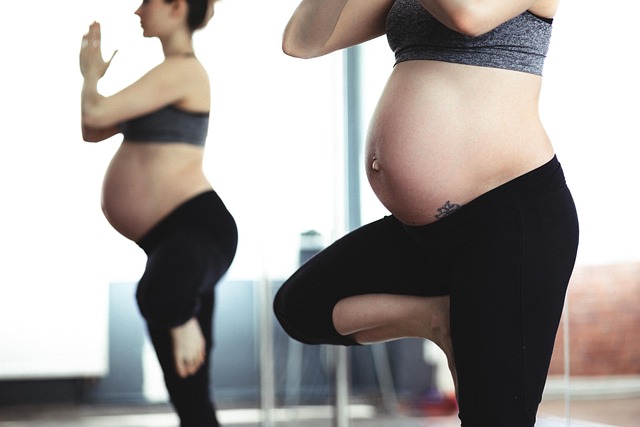Many parents grapple with the question of when to cease physical forms of discipline, like spanking. From my experience, the answer is straightforward: it should be as early as possible, ideally from the moment a child is born.
Reflecting on my own upbringing, I was spanked as a child, but only occasionally and within a limited age range—from about 4 to 10 years old. My father approached this form of discipline thoughtfully; he explained his reasoning beforehand and never acted out of anger. The swats were meant to sting without causing harm, always administered on the buttocks and for a clear purpose, ensuring I never felt like I was a “bad kid.”
When my wife, Laura, and I were preparing for the arrival of our first child, we had extensive discussions regarding discipline. Laura shared a similar background, and we initially agreed to follow our parents’ footsteps. Our justification was that sometimes, physical discipline seemed like the only way to capture a child’s attention.
However, everything changed just moments after our son was born. As I held him, Laura looked at me with a newfound intensity and firmly stated, “You will never touch this child.” In that moment, her surge of post-birth hormones made it clear that she was serious.
Consequently, we committed to a different approach. While it required more creativity and involvement to discipline without physical punishment, I’ve come to see this challenge as a beneficial aspect of parenting. After welcoming five children into our lives, I can’t say I haven’t felt the temptation to revert to spanking, but we have remained steadfast in our decision not to resort to hitting. Research supports our choice; non-violent methods yield positive outcomes for children.
In conclusion, the decision to avoid spanking has proven to be a more effective, nurturing approach to discipline. For those exploring alternative methods of parenting, consider resources that provide insight into home insemination, such as this fertility booster for men post, or check out this comprehensive IVF and fertility preservation podcast for additional support. If you’re seeking practical tools for self-insemination, you might find this home intracervical insemination syringe kit helpful.
Keyphrase: Parenting and Discipline
Tags: [“home insemination kit” “home insemination syringe” “self insemination”]
